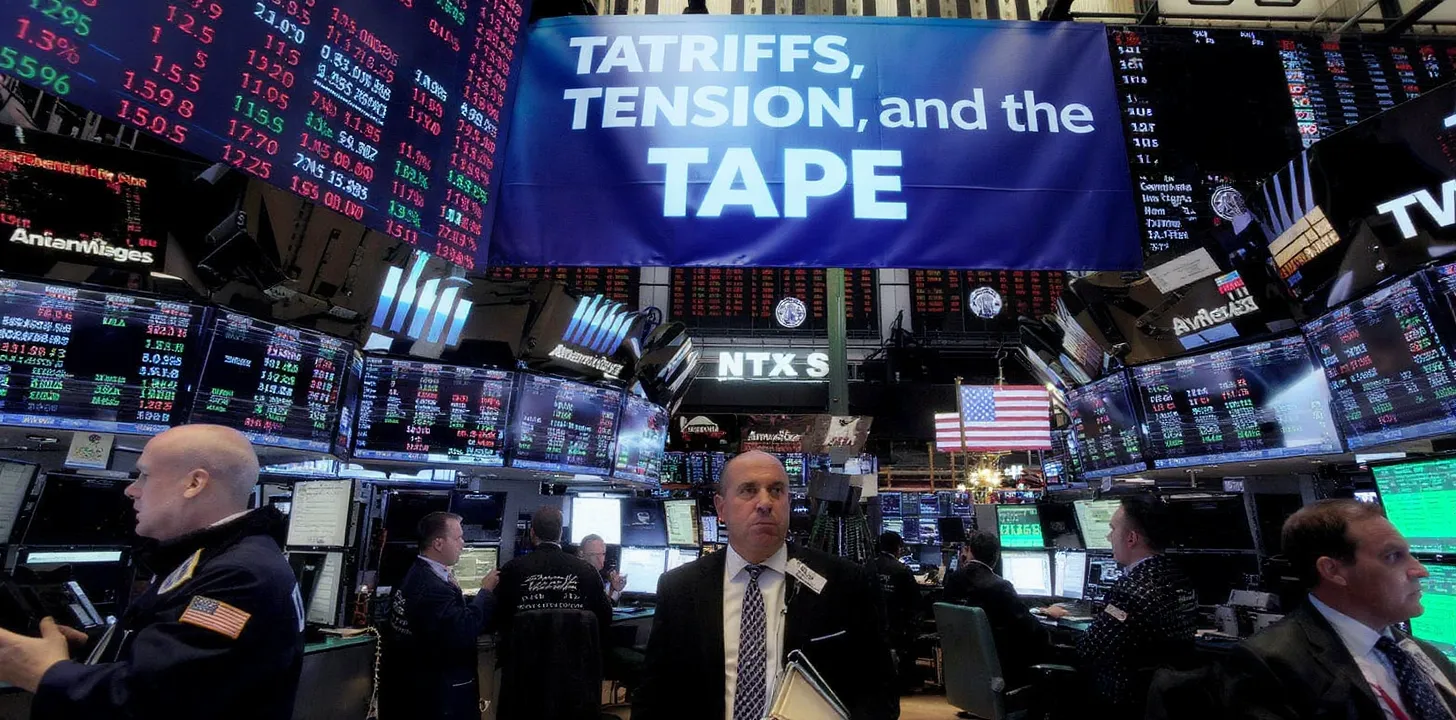Lead
Bitcoin is hovering near its all-time high as of 9 October 2025, not because of a meme-fueled sprint but because the market’s pipes—the creation/redemption machinery of spot ETFs, the authorized-participant (AP) network, and the hedging venues around them—are running hotter and cleaner than ever. A record week for digital-asset fund inflows and a newly approved in-kind ETF mechanism have deepened liquidity precisely while Washington’s shutdown injects macro uncertainty into the tape. That cocktail—tight plumbing, steady demand, and a foggier macro—has been the hidden torque behind fresh highs this month.
1) From headlines to handshakes: price discovery moved into the pipes
What’s different versus 2017 or 2021 is where price discovery happens. Since the U.S. spot bitcoin ETFs launched and scaled, ETF NAV hours (the 3–4 p.m. New York close) became a liquidity magnet: benchmark-linked prints, AP hedging, and late-day creations now concentrate flows into a predictable window. Research shows volumes on exchanges inside ETF benchmarks rose after approval, strengthening the alignment between ETF shares and the underlying coin. It’s industrial finance, not a carnival. Kaiko Research
This flow choreography is no small thing. It tethers on-exchange liquidity to the most regulated, audited part of the crypto stack. That’s why the market felt “thicker” into the September–October push—more two-way depth when and where the pipes are widest. Kaiko’s work through 2024–2025 documented that shift: U.S. venues captured a larger share of global BTC depth, and volumes increasingly bulged around the U.S. close as ETFs matured.
2) In-kind is a structural upgrade, not a headline
The SEC’s July decision to permit in-kind creations and redemptions for crypto ETPs is the subtle structural change that only market plumbers celebrate—but it matters for everyone. In-kind lets APs deliver/receive BTC itself instead of cash, cutting conversion friction, improving tax efficiency, and tightening ETF/spot basis. For issuers like IBIT, this turns the fund into a more “commodity-like” wrapper with faster, cheaper arbitrage. Expect spreads to grind tighter and primary/secondary market slippage to fall as more APs lean in.
Regulatory filings and exchange rule changes through 2025 paved the runway for this shift; combined with an expanding bench of APs (Jane Street, Virtu, and bulge-bracket names), the result is a denser network that can digest large flow days. The market feels it as fewer air-pockets during big moves.
3) The flywheel shows up in the data: flows, AUM, and futures hedging
Flows are the heartbeat. In the week ended 4 October, global crypto ETFs saw a record $5.95B in net inflows—$5B of that in the U.S.—as bitcoin printed a new record high on 5–7 October (~$126k). Single-day surges remain notable: earlier this week, U.S. spot-BTC ETFs logged about $1.2B in one-day inflows, historically a level that often coincided with short-term local tops as heat gets absorbed. Even “buy-the-dip” days saw $800–900M enter the wrapper. That’s not retail punting; that’s institutional allocation.
This ETF complex doesn’t operate in a vacuum. On the hedge side, CME remains the institutional pressure valve; open interest pushed toward records mid-summer as more TradFi desks balanced ETF primary-market risk with listed futures. That extra ballast reduces gapping when creations spike.
4) Liquidity’s new geography: America’s closing bell is the new “fix”
The daytime map of bitcoin trading skewed toward U.S. hours. By mid-2025, U.S. trading captured the majority share of BTC-USD activity, and a large slice of spot volume now routes through the U.S.-listed ETFs—a striking flip from the offshore-dominant era. Translation: the marginal price setter is more often an ETF/AP complex hedging in U.S. hours than a levered perp degen at 3 a.m. That migration has made the tape feel more “equity-like,” with intraday seasonality that macro funds can plan around.
5) Macro fog, clear demand: shutdown-era uncertainty as a flow catalyst
Markets dislike uncertainty; investors reach for things that trade cleanly and settle instantly. The ongoing U.S. government shutdown is delaying and distorting the macro data pulse, nudging allocators toward assets with clear liquidity access and self-custody optionality. That’s a part of the story behind the record ETF inflows into crypto this month—capital searching for non-sovereign, 24/7 collateral while Washington argues over budgets and agencies furlough staff. The flows-and-highs sequence across Oct 5–9 lines up with that narrative.
6) The supply side is quieter but tighter
Post-April 2024 halving, new issuance dropped to 3.125 BTC per block. Miners have navigated the squeeze with mixed tactics; aggregate miner selling hasn’t become a structural headwind, which leaves ETF demand as the dominant marginal force. Net: fewer fresh coins; a sturdier demand hose. That makes plumbing improvements matter even more because slippage is a function of both how much and how smoothly you push water through the pipes.
7) Risks: liquidity cuts both ways
A deeper AP network and in-kind mechanics don’t immunize the market. Flow clusters around the U.S. close can amplify moves when everyone hits the same door, and history shows $1B-plus single-day inflows have sometimes marked local tops before digestion. If the shutdown drags and the data vacuum persists, macro desks could oscillate between risk-on and risk-off regimes, testing ETF arbitrage’s ability to keep discounts/premiums tame. Keep an eye on CME basis, ETF discounts, and benchmark-hour depth as early warning lights.
8) What to watch next (playbook)
- Creation mix: Are issuers leaning more heavily on in-kind now that it’s live? Tighter spreads and smaller tracking errors would confirm.
- NAV hour microstructure: Does liquidity keep concentrating 3–4 p.m. ET, or does it spill into earlier U.S. hours as advisers automate rebalancing?
- Cross-border pipes: Fresh records from Switzerland and Germany suggest the non-U.S. artery is widening—helpful when U.S. politics jam the main line.
Bottom line: Bitcoin’s new highs are the visible tip of a less visible transformation. The ETF flywheel—bigger pipes, smarter arbitrage, deeper hedging—has turned BTC into an asset that trades like a global macro instrument with daily closing rituals. If those pipes keep widening, dips look more like intermissions than finales.



